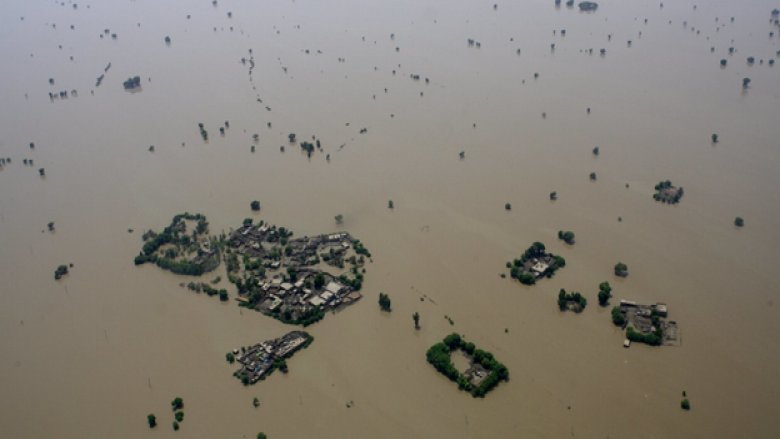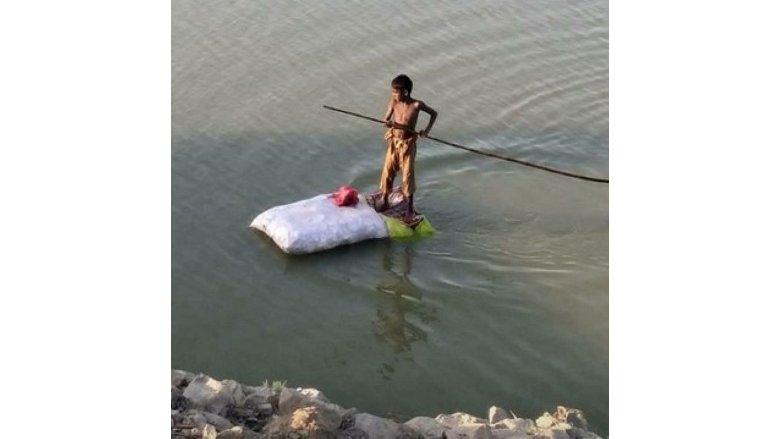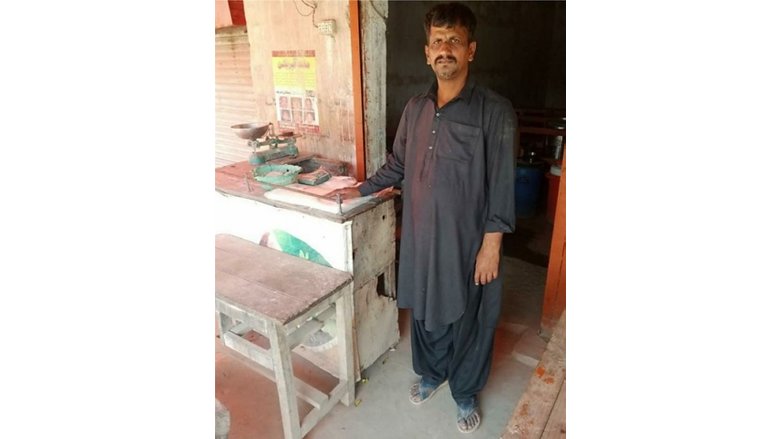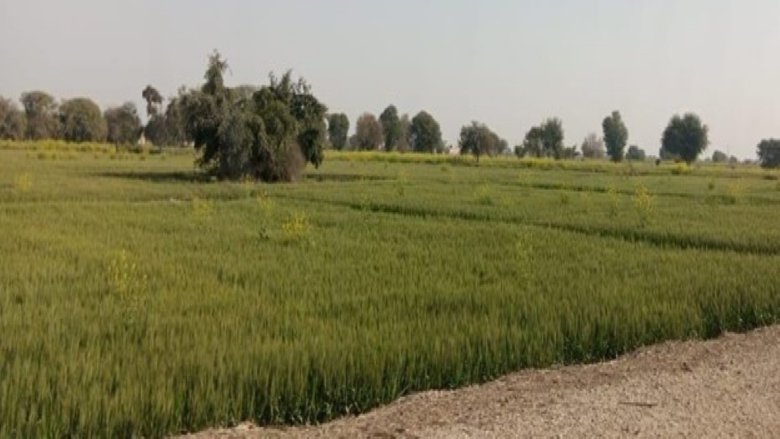Pakistan witnessed its most devastating monsoon rains in 2022, resulting in severe flooding from June to September that submerged one-third of the country and affected 33 million people.
Among the hardest-hit areas was the southeastern province of Sindh, which is home to 50 million residents. As vast areas flooded, casualties rose to 799, and 4.4 million acres of agricultural land were destroyed. With collapsing infrastructure, the agriculture-reliant Sindh struggled to cope.
Spearheading Sindh’s recovery, the World Bank partnered with the Government of Sindh under the multi-sectoral Sindh Flood Emergency Rehabilitation Project (SFERP), to repair damaged infrastructure, create livelihood opportunities, and build long-term resilience against disasters.
Between October 2022 and January 2023, PKR 5.7 billion (approximately US$20 million) in retroactive financing was utilized for plugging and reinforcing 208 major breaches at bunds, canals, and drains, fixing pumps and motors, and rehabilitating small dams to restore functionality of the irrigation system.
Immediate impacts included swift restoration of livelihoods, benefitting over one million low-income residents in the districts of Dadu, Jamshoro, and Kamber Shahdadkot. A key outcome was the rapid removal of floodwater, which reinstated mobility and revived economic activity.
Saaed Ahmad, a father of five who runs a tuck shop in Goth Arazi - a small village along the Indus Highway - reflected on his struggles and highlighted the impact of SFERP.





